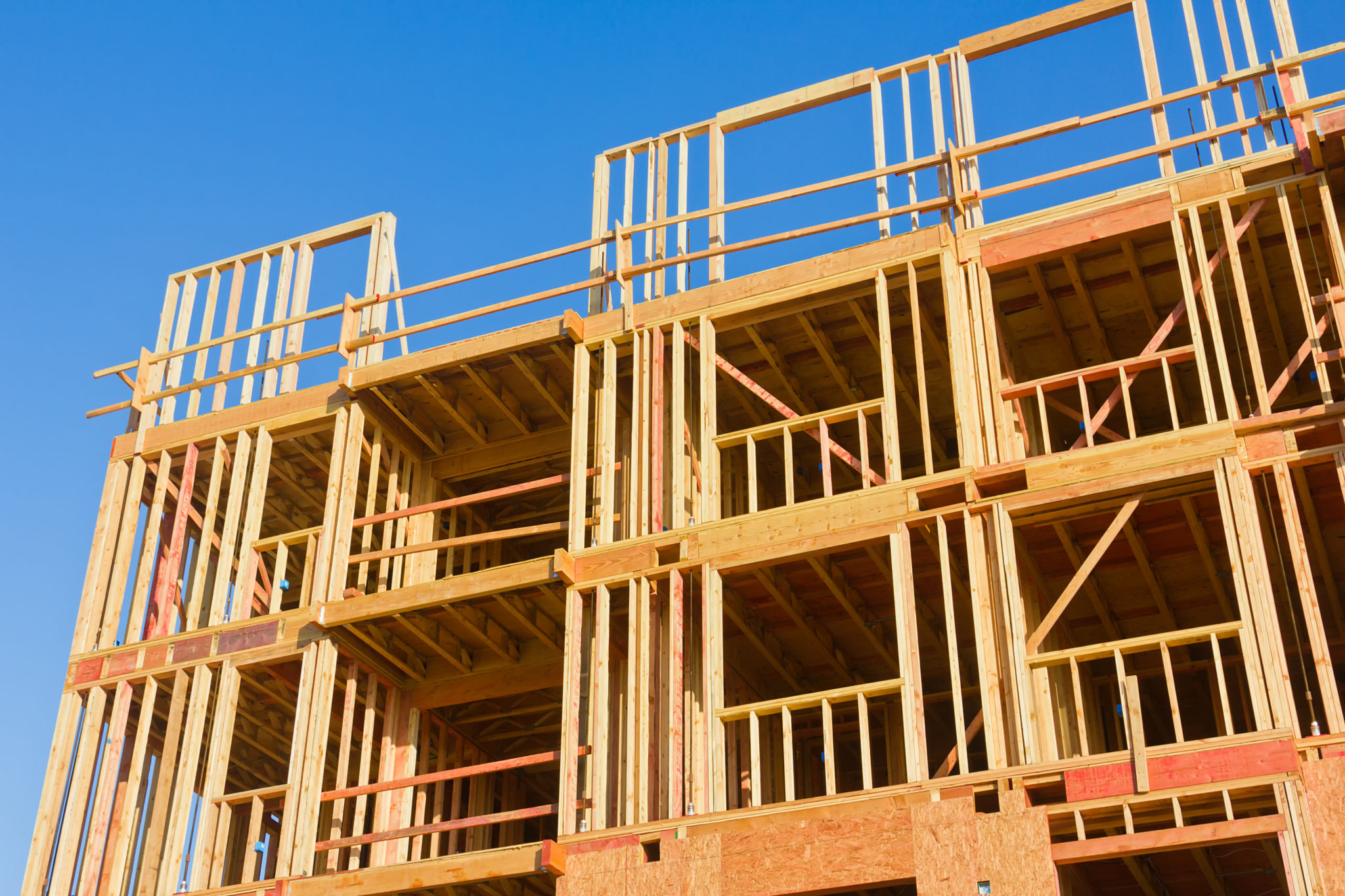HMRC publishes its response to the call for evidence on simplifying the VAT land exemption
Published on 14th December 2021
HMRC is to publish improved guidance on certain aspects of the VAT exemption for land and property but will not be making any fundamental changes to the operation of the exemption for now

Following the Autumn Budget on 27 October 2021, the government published a further set of tax policy documents on 30 November as part of its Tax Administration and Maintenance Day. One of these documents included the outcome of the call for evidence on simplifying the VAT land exemption.
The call for evidence examined the need to simplify the increasing complexity of the VAT land and property rules and what options were available. The options for simplification included those previously identified (but ultimately rejected) by the Office of Tax Simplification (OTS) in its 2017 review. You can read more about the detail of the call for evidence in our Insight as well as our response to the call for evidence.
Cautious approach favoured
The government's consultation outcome highlighted that the majority of respondents to the call for evidence urged caution over sweeping changes to the current rules, favouring more targeted attempts at simplification in certain areas.
- removing the ability to opt and making all relevant transactions exempt;
- removing the option to tax and making all land and property taxable at a reduced rate; and
- making all commercial land and property taxable at the standard rate with an option to exempt.
The government also agreed with respondents that the potential option of linking the VAT treatment to an independent land register would be ineffective, and probably inoperable, and therefore it would not be considering that option further.
Further implications to consider
In terms of the other options for simplification which were raised in the call for evidence, HMRC said it would like to explore further whether it is possible to establish a workable definition of “short term” or “minor interests” with a view to making such supplies subject to VAT and what the implications would be if the definition was taken forward.
The government also said it would like to discuss further the implications of making most supplies of land subject to VAT with a limited number of exceptions. It does, however, recognise that this option would be the most challenging to develop and so would like to understand more fully what those challenges are – and the consequences – before making any decisions.
Preparing new guidance
The government acknowledged in its response that much of the uncertainty surrounding the rules could be removed if the guidance was better – in particular in relation to dilapidations, overages, call options and rights of light. HMRC has confirmed that it has set up a working group to look at these areas and it will publish updated guidance relating to dilapidation payments early next year, with updated guidance to follow on overages and call options. Work on providing guidance on rights of light has not started yet and HMRC intends to engage with the working group on this issue once sufficient progress has been made on the other areas.
Osborne Clarke comment
It is not surprising that the simplification options which were rejected by the OTS in 2017 have been formally taken off the table by the government. While it appears that the government is still considering other options for simplification, sweeping reform is not proposed any time soon and may not be forthcoming at all, depending on the outcome of its further discussions with stakeholders. In the meantime we can expect revised guidance (perhaps as early as the new year) on some of the trickier points of the VAT exemption which should provide clarity on some of the grey areas.
For further information please get in touch with one of the contacts below.






